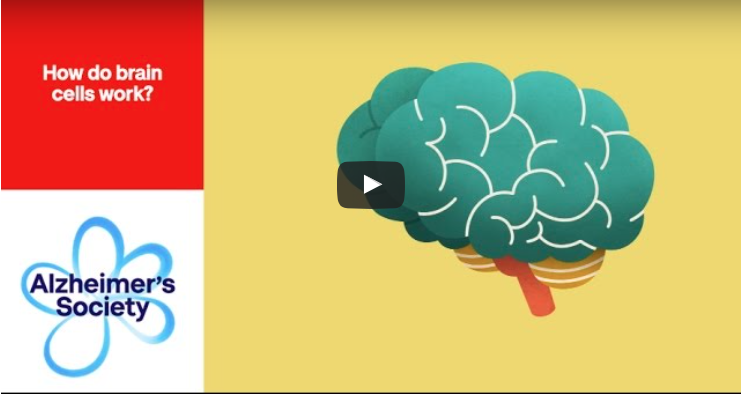How Brain Cells Are Affected By Alzheimer’s Disease
Written by |

This animated video from the Alzheimer’s Society in the U.K. explains how brain cells work. Brains are made up of billions of nerve cells that are all communicating with each other by transmitting electrical signals. If nerve cells are starved of oxygen or vital nutrients they become unable to transmit the electrical signals and those brain cells die.
MORE: Look inside the brain of an Alzheimer’s disease patient.
Nerve cells in the brain are not replaced when they die and if too many nerve cells die, it can lead to dementia or Alzheimer’s disease. The area of the brain affected by nerve cell death will have different consequences. Usually, the hippocampus is the first area of the brain to suffer from nerve cell death; this area is responsible for memories and damage in this area will result in the early symptoms of Alzheimer’s disease (short-term memory loss).
Other areas affected include the temporal lobe, which is responsible for language; the parietal lobe, which is responsible for movement; and frontal lobe, which controls reasoning.
MORE: The Alzheimer’s Society explains how the brain works.
Alzheimer’s News Today is strictly a news and information website about the disease. It does not provide medical advice, diagnosis or treatment. This content is not intended to be a substitute for professional medical advice, diagnosis, or treatment. Always seek the advice of your physician or other qualified health provider with any questions you may have regarding a medical condition. Never disregard professional medical advice or delay in seeking it because of something you have read on this website.





